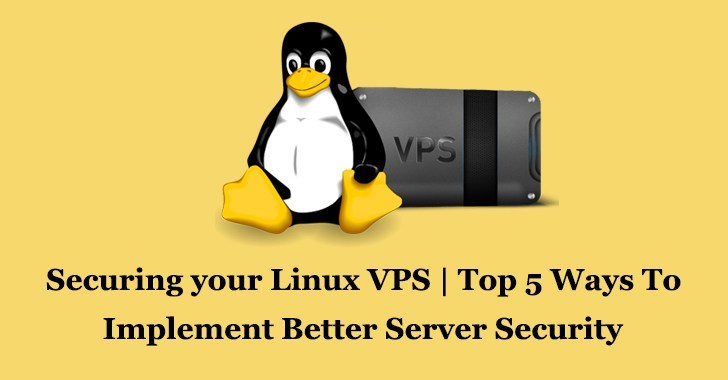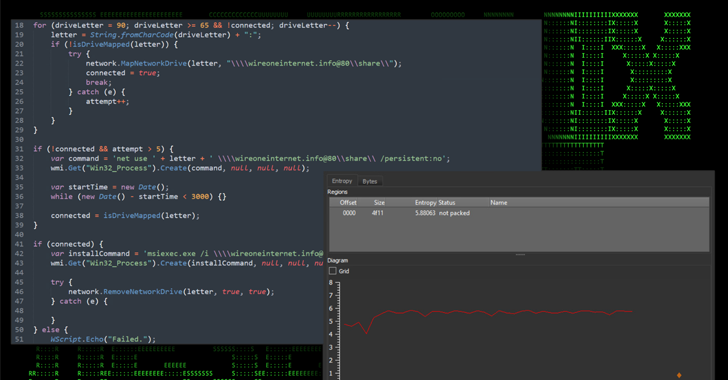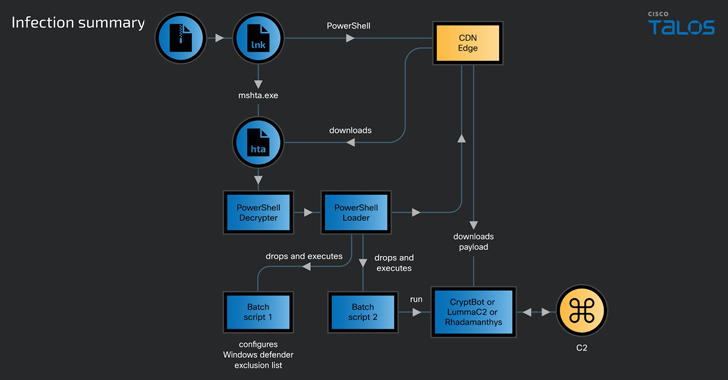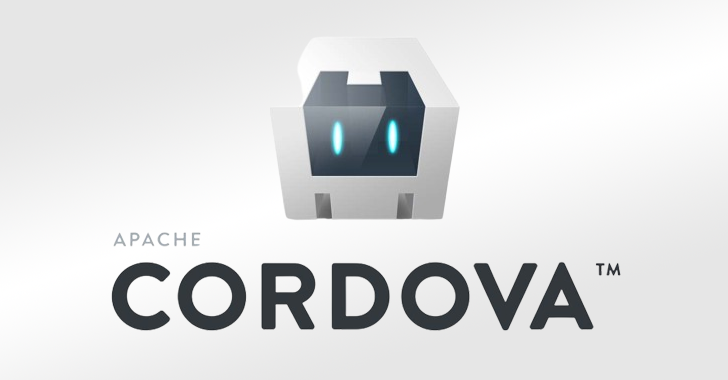Linux VPS servers are nowadays widely using cloud platform that has its own security futures compare to other most of its competitors.
Storing data in the cloud such as Virtual Private Server (VPS) is a very important thing nowadays to secure the sensitive files and storing data in cloud refers to storing the files somewhere instead of storing it into a personal computer or hard drive.
But still, it has own flaws that allow attackers to compromise unsecured VPS servers to steal the sensitive data that hosted within it.
When users order VPS hosting, an operating system is pre-installed or distribution, its up to you to secure your VPS and choose the Industries best Linux VPS cloud.
The primary concern is to getting your applications up and running in VPS infrastructure, at the same time, making your applications to function correctly without any security loopholes is an another most important concern.
Here we could see the most common security measures to take in a Linux VPS server environment.
we determined the best value Linux VPS hosting service based on the operating system, server access control, performance-boosting, and security features, as well as price.
1. Keep Your Software Up to Date
You should keep eyes on the software updates in your server’s software using the package manager rpm/yum package manager (CentOS/RHEL) or apt-get (Ubuntu/ Debian) to update the new version software and components updates.
Also, you need to concentrate on panels such as Plesk or cPanel and check the updates if it’s not updated automatically.
You can even configure the operating system to send yum package update notifications via email. This makes it easy to keep track of what’s changing.
2. You should disable Your root logins
You ought to never sign in as the root client. As a matter of course, every Linux server has “root” as a username, thus hackers attempt brute force attacks to break the password and obtain entrance. Disable the logins from the “root” username includes another layer of security, as it prevents attackers from guessing your secret passwords.
Create a new username and use the “sudo” command to execute root level commands Instead of logging in as the root user.
Sudo gives special access to authorized users that helps run administrative commands without root access permission.
before you disable the “root” account, make sure to create your non-root user and to give it the appropriate levels permissions.
3.Enable Two Factor Authentication for your Password
Check Your password strength you use for your cloud accounts and implement the minimum password implementation policy.
Never used the same password for multiple resources, get a password manager and set different passwords for each service.
Enable Minimum Two-factor authentication to store data and secure your account also use a proxy to access your data from a cloud based Virtual Private server.
Ensure you’ll be told in the event that somebody tries to reset your secret key, and if there are security questions included, ensure you pick darken questions.
4. Disable Unused Network Ports
Cyber Criminals mainly targeting open network ports and unused network services and you’ll want to protect yourself against exploitation.
Use the “netstat” command to see all currently open network ports and their associated services.
hackers who often send malicious traffic via IPv6, and leaving the protocol open can expose you to potential exploits. its has some advantage over IPV4 but its used by less number of peoples.
Use “iptables” to close all open ports or using the “chkconfig” command to disable unwanted services.
5. Configure a Firewall
In order to filter out unwanted traffic in your VPS server, you need a firewall especially fight against distributed denial of service (DDoS) attacks.
popular firewalls include CSF and APF, both of which offer plugins for popular panels like cPanel and Plesk.
As the first level of Defense Installing and configuring a firewall should be one of the first things that you do when setting up a new Linux VPS.
Use SFTP which is “FTP over SSH” instead of File transfer protocol (FTP) . an outdated and no longer safe.
Secure cloud hosting and customer data integrity is always our primary objective, In this case, users choose Highly secured and affordable VPS Hosting service that treat your data as if it is their own.










